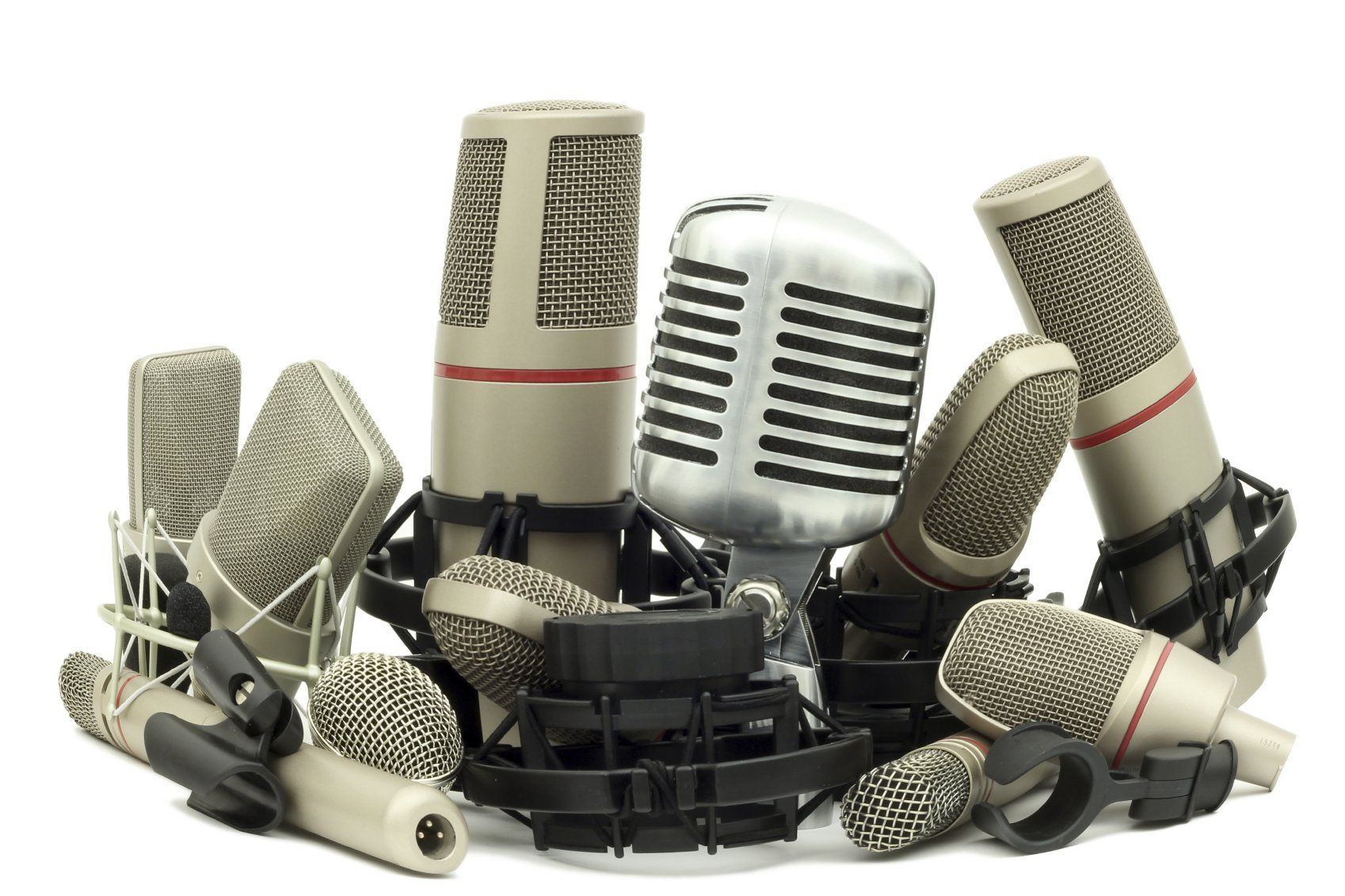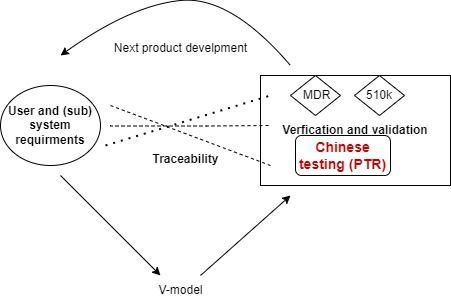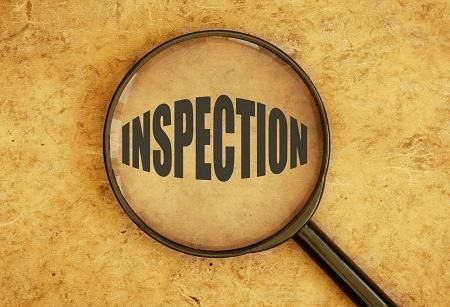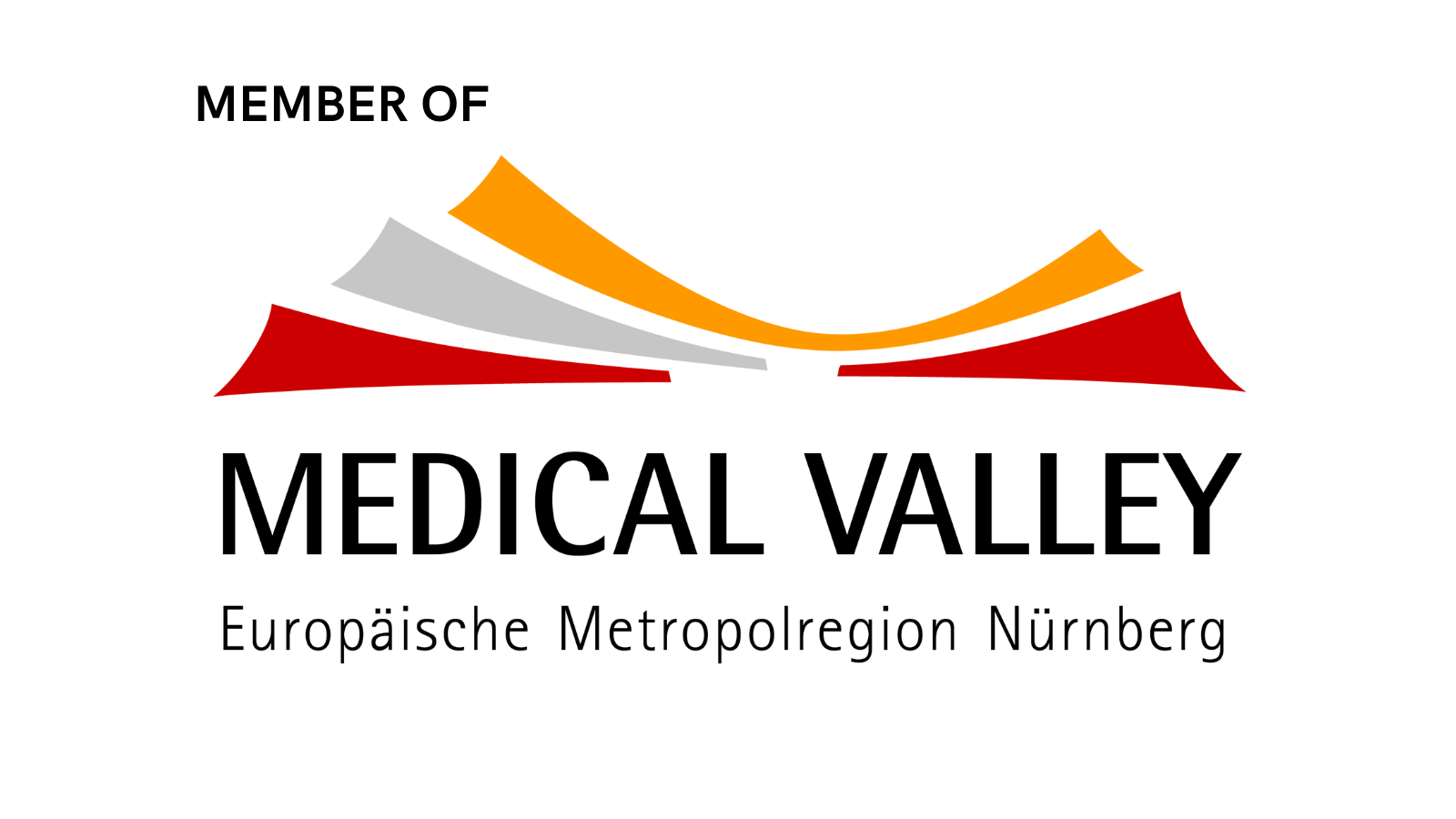Clinical study of Class III medical device in China?
Medical device groups needed for clinical study (accepted overseas data or in China)

Background
If overseas legal manufacturers of class III medical device wish to register products in China, the first concern is whether a clinical study is needed or whether the overseas clinical study is accepted. It sounds like that there is no pass-by of registration of class III without clinical study in China.
Does class III medical device need clinical study in China? The answer is IT DEPENDS.
This is the reason that NMPA issues regularly a revised list of class III medical device which needs clinical study. The trend is that less medical device is listed and Chinese authority doesn’t require unnecessary clinical study in China.
The new list in 2020 for medical device III which need clinical study in China:
- Implantable heart rhythm management device
Implantable cardiac pacemaker: usually consists of an implantable pulse generator and a torque wrench. Electrical pulses are applied to specific parts of the patient's heart through pacing electrodes. It is used to treat chronic arrhythmia. Resynchronization therapy pacemakers can also be used for heart failure treatment.
Implantable cardiac defibrillator: usually consists of an implantable pulse generator and a torque wrench. By detecting ventricular tachycardia and fibrillation, it is corrected by applying cardioversion / defibrillation pulses to the heart through electrodes. It is used to treat rapid ventricular arrhythmia. Resynchronization therapy defibrillators can also be used for the treatment of heart failure.
- Implantable ventricular assist system
It usually consists of an implantable pump body, a power supply part, a blood vessel connection and a controller. It is used to provide mechanical support for blood circulation in patients with advanced refractory left heart failure, and is used for transitional treatment and / or long-term treatment before heart transplantation or recovery of heart function. It is used by medical institutions that have the conditions for heart transplantation and comprehensive postoperative nursing capabilities. Medical staff, out-of-hospital nursing staff and patients must pass corresponding training. Patients with intolerance to anticoagulation therapy are contraindicated.
- Implantable drug infusion device
It usually consists of a drug perfusion pump, a reperfusion component and a catheter inlet component. This product is used in conjunction with an intrathecal catheter for long-term drug input.
- Artificial heart valve and endovascular stent
Artificial heart valves or valve repair devices: generally made of polymer materials, animal tissues, metallic materials, inorganic non-metallic materials, and may or may not contain surface modification substances. Used to replace or repair natural heart valves.
Intravascular stents: stents are generally made of metal (including absorbable metal materials) or polymer materials (including absorbable polymer materials), and their structure is generally in the shape of a grid. The stent may or may not contain surface modification substances, such as coatings. It may contain pharmaceutical ingredients. For example, it is used to treat atherosclerosis and various vascular diseases such as stenosis, obstruction or occlusion.
- Tissue engineering medical products containing living cells
Passive implantable tissue engineering medical products containing living cells that are mainly used as medical devices
- Absorbable long bone internal fixation implantation device
Made of absorbable polymer material or absorbable metal material, it is suitable for internal fixation of long bone fractures of the limbs.
Legal manufacturers of above class III medical device have to conduct clinical study only if the subject devices have new designs, materials or mechanisms or scope of application and have higher risks to the human body.
In the fact, these 6 listed product groups represent a bit more products if man considers that under product group there are second and third level among product code (XX-YY-ZZ).
Which are new class III medical devices removed from old list of MD needed for clinical study in 2020?
Compared to the last revision, these class III medical devices are exempted from clinical study in China:
1. Nano orthopedic implants used for support, fixation and replacement of bone and accessory tissues.
2. Orthopedic implants produced using additive manufacturing (3D printing) processes
This means, if legal manufacturers of medical device above had sufficient clinical data worldwide, a clinical evaluation can be provided.
What about requirements of other class III medical devices in term of clinical data?
In catalogue of product code it contains more than 400 class III medical devices in China. Around 200 class III medical device are in the list of medical device exempted from clinical study. It means that for the left 200 class III medical devices, clinical evaluation based on clinical data is possible.
However, what are possibilities to provide clinical data in China? As known there is clinical evaluation at submission dossier in China. Normally you have to compare to similar products or own previous device to prove that subject device is equivalent to similar device and has no safety and effectiveness concerns. These devices to be compared to must be approved in China and have same or similar intended use and technical characteristics. If any items between two devices differ, preclinical - and clinical data can be used to conclude that there is no safety and performance impairment.
Pathways of Chinese CER
1. CER based on exemption catalog (simplified)
The half of class III medical devices (around 200) as mentioned are in the list of medical device exempted from clinical study. Simplified comparisons to intended use described in the list and to similar device are sufficient.
2. CER based on equivalent or similar devices
(Conditional complicated)
If similar device approved in China was from competitors, normally you need a signed agreement with competitor to get the product info (technical characteristics and clinical data) of similar device with permission of competitors. Unfortunately it happens not often. So many manufacturers bought similar device and test technical characteristics of both devices to have detailed comparison table comply with clinical evaluation requirements in China.
Another resource to get competitors information is 510k summary at FDA where a comparison table already reveals intended use, scope of application and basic performance parameters etc.
3. Clinical study overseas (Moderate complex)
If data of overseas clinical study could be used, it is worthy to convince authority that the data is equivalent to Chinese population and there is no safety risk to Chinese patients.
4. Clinical study in China (Complex)
If medical device belonged to the new list above or it has no approved similar medical device in China to compare (or its Chinese certificate expired) or it has unique features bearing risk, a clinical trial at least partially in China is not to avoid. The details of procedure of clinical trial in China are described at NMPA official site.
Pathways of CER for 7 product groups explained by Chinese authority
In May, 2022, CMDE issues a notification of pathways of clinical evaluation for product groups. Depending on the best practice on the market, Chinese authority makes clear in the 7 lists, for each product code which of CER-pathway should be selected.
The listed 7 product groups:
- 11 Disinfection and Sterilization Devices of Medical Devices
- 12 Active Implantable Devices
- 13 Passive Implantable Devices
- 14 Injection, Nursing and Protection Devices
- 15 Patient Bearing Devices
- 17 Dental instruments
- 22 Clinical Examination Instruments
We hereby listed the detailed product codes among 13 Passive Implantable Devices which need clinical study overseas or in China:
- 13-02-02 Sports Injury Soft Tissue Replacement Implants
- 13-03-05 Intervertebral Disc Prosthesis
- 13-06-06 Intracranial stent system
- 13-06-11 Intracranial aneurysm blood flow guide device
- 13-07-01 Endovascular prosthesis
- 13-07-02 Vascular stent
- 13-07-02-03 Vena Cava Filter
- 13-07-04 Artificial blood vessel
- 13-07-06 Prosthetic heart valve and valve repair equipment
- 13-07-07 Heart Occluder
- 13-09-02 Injectable filler for plastic surgery
- 13-09-03 Breast Implants
- 13-09-07 Endobronchial valve
- 13-10-01 Acellular skin
- 13-10-02 Acellular dermal matrix
- 13-10-03 Collagen scaffold material
- 13-10-04 Nerve repair materials
- 13-10-05 Bone repair material containing recombinant human bone morphogenetic protein
Conclusion
Unlike the registration of class III and implantable medical device in EU and US, where a clinical study is usually inevitable, the entry of these medical devices into Chinese market is not that complex. The compelling overseas clinical study is a bonus point if clinical data of similar product for editing clinical evaluation is difficult to obtain.
So a regulatory gap analysis is essential for legal manufacturers of high risk medical device beforehand to register products in China. The first step is to determine Chinese product code. With product code it is possible to look up whether a clinical trial can be exempted. If not, another option is to search similar product approved in China. If the technical specifications of similar product were available, the typical way to provide clinical data is to edit clinical evaluation based on literature and clinical data in the other sources.
If an “innovative” class III medical device is out of scope of description of product code list in which clinical study is exempted or way different than similar product which is approved in China, a product variant with narrowed feature or intended use can be chosen in time at early stage of R&D to qualify for a clinical evaluation based on literature and available clinical data. This can avoid extensive clinical trial in China definitely.
Nevertheless there are still around 200 class III medical devices which can be struggled to use overseas clinical study and clinical data of similar device (combination of
2. Conditional complicated and 3. Moderate complex clinical evaluation.












